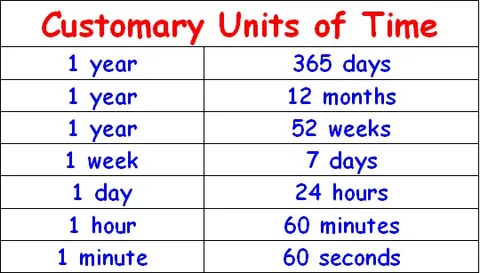Time, that elusive concept we measure our lives by, often leaves us pondering its intricacies. Among the many questions we ask about time, one that frequently arises is, “How many weeks in a year?” It seems like a simple query, yet its answer delves into the very fabric of our calendar systems and the fascinating ways we perceive and organize time.
Understanding the Gregorian Calendar
To grasp the answer to this question, we first need to understand the calendar most widely used across the globe: the Gregorian calendar. This calendar system, introduced by Pope Gregory XIII in 1582, standardizes the length of the year and the months we are familiar with today.
In the Gregorian calendar, a year consists of 12 months, each with varying lengths. Some months have 30 days, while others have 31, except for February, the shortest month, with 28 days in common years and 29 in leap years.
Counting the Weeks
Now, let’s embark on the journey to count the weeks within a year.
Defining A Week
A week is a period of seven days, typically starting on Monday and ending on Sunday. This seven-day cycle is deeply ingrained in various cultures and religions worldwide.
The Basic Calculation
To determine the number of weeks in a year, we rely on simple arithmetic. Since each week comprises seven days, we can multiply seven by the number of weeks in a month and then by the total number of months in a year.
Accounting For Leap Years
However, our calculation doesn’t end there. Every four years, we encounter a leap year, which includes an additional day in February. This extra day affects the total count of weeks for that particular year.
Let’s Crunch The Numbers
Taking into account the standard months and the leap year phenomenon, let’s calculate the number of weeks in a non-leap year and a leap year.
Non-Leap Year Calculation:
- January: 4 weeks
- February: 4 weeks
- March: 4 weeks
- April: 4 weeks
- May: 4 weeks
- June: 4 weeks
- July: 4 weeks
- August: 4 weeks
- September: 4 weeks
- October: 4 weeks
- November: 4 weeks
- December: 4 weeks
- Other Days: 4 Weeks
Total weeks in a non-leap year: =52 weeks
Leap Year Calculation:
- January: 4 weeks
- February: 4 weeks (including the leap day)
- March: 4 weeks
- April: 4 weeks
- May: 4 weeks
- June: 4 weeks
- July: 4 weeks
- August: 4 weeks
- September: 4 weeks
- October: 4 weeks
- November: 4 weeks
- December: 4 weeks
- Other Days: 4 Weeks
Total weeks in a leap year: =52 weeks
Wrapping Up
In conclusion, a standard year, or non-leap year, consists of 52 weeks. However, during a leap year, the number of weeks increases to 53 due to the additional day in February. So, the next time someone asks you how many weeks are in a year, you can confidently respond with this newfound knowledge about our temporal journey through the Gregorian calendar. Time, though mysterious, becomes a bit clearer when we take the time to unravel its intricacies.
Time, like a river, flows endlessly, and understanding its currents and eddies enriches our journey through life. Let’s embrace each moment, whether it’s a leap year or not, and make the most of the weeks we are given. After all, time is the most precious gift we have.
















